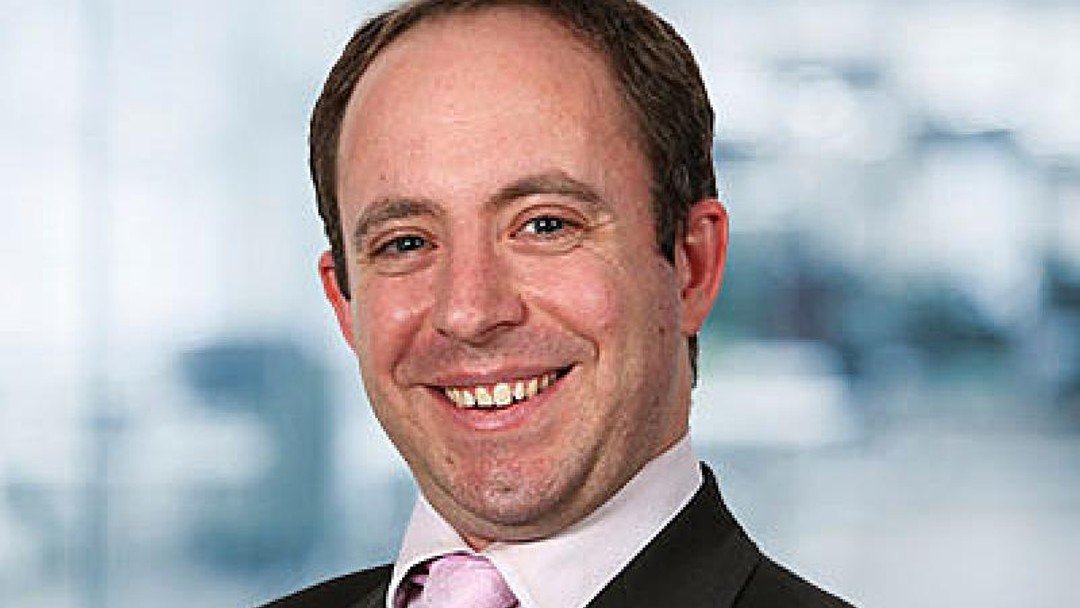Following the evidence of medical negligence

By
Chris Unsworth considers the evidence of medical negligence in the case of Frances Cappuccini
An inquest is being heard in the case of Mrs Cappuccini, who died during labour after it was alleged that doctors delayed providing her with a caesarean section and then subsequently failed to fully remove the placenta, leading to significant bleeding that ultimately caused her death.
Although a corporate manslaughter charge had previously been brought against the Maidstone and Tunbridge Wells NHS Trust, that case subsequently collapsed. However, with the burden of proof higher in criminal cases, does the family still have the option of bringing a civil claim?
There appear to be two main aspects to the case. The first is around the decision to delay the caesarean section and the second is the failure to fully remove the placenta.
In respect of the first, the evidence is that an obstetrician at a different hospital had advised Mrs Cappuccini that she should not attempt a natural delivery after difficulties during her first pregnancy. In this regard, Montgomery would seem to have been satisfied and an elective caesarean section was booked. However, after she went into labour early, this recommendation appears to have been dismissed by the midwives and/or doctors at the hospital.
It is unclear whether Mrs Cappuccini requested a C-section immediately on attendance at the hospital. However, even if she did not, the midwives and consultants would have been expected to be made aware of the difficulties she had during her first pregnancy. It is also likely that, based on her previous history, Mrs Cappuccini should have been regarded as high risk and, therefore, subject to higher levels of monitoring. It would then have been for a consultant obstetrician to be called and to discuss the options with her, which would have included discussion of a C-section.
Given her decision to book an elective caesarean, the evidence would suggest that given the option, Mrs Cappuccini would have chosen to proceed with the procedure as soon as possible. Any failure to discuss these options with Mrs Cappuccini, or to properly and thoroughly risk assess her, would be a potential breach of duty, as would refusing a direct request from her for a caesarean.
If Mrs Cappuccini’s representatives were to succeed in proving a breach of duty, and it was accepted that an earlier C-section would have taken place, the question would then be whether this ultimately would have made any difference.
The trust has argued that, even if it had taken place earlier, the risk of the surgeon failing to remove the entire placenta was the same. However, such an argument disregards the difference between a C-section taking place soon after Mrs Cappuccini attended hospital, and one that took place after she had been in labour for 12 hours and where matters will likely have been more rushed. This would be a matter of expert evidence, but one would suspect there is certainly an argument that the result would have been different.
Failing that, the family would also argue that the C-section itself was performed negligently. It is well known that a retained placenta is a potentially life-threatening situation and it would be argued that there are almost no circumstances in which failure to remove a large piece of placenta does not amount to a breach of duty.
It is on this aspect the claim would appear strongest, as had the placenta been successfully removed, the evidence suggests Mrs Cappuccini would not have suffered any bleeding and, therefore, would not have died.
Chris Unsworth is a solicitor at Coffin Mew
@coffin_mew www.coffinmew.co.uk